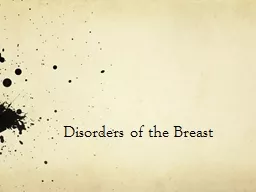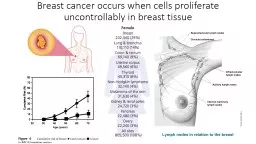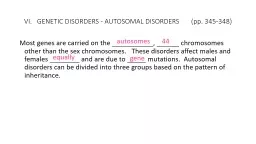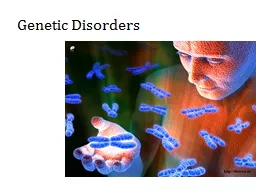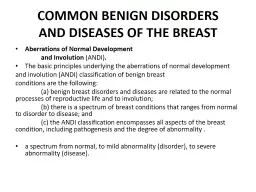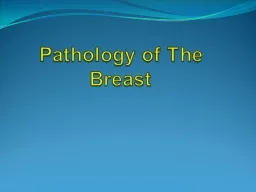PPT-Disorders of the Breast Breast Exam
Author : myesha-ticknor | Published Date : 2018-10-30
Inspection Size S ymmetry some variation is normal Shape Contour flattening masses and dimpling S kin color edema rashes thickening and venous pattern S cars previous
Presentation Embed Code
Download Presentation
Download Presentation The PPT/PDF document "Disorders of the Breast Breast Exam" is the property of its rightful owner. Permission is granted to download and print the materials on this website for personal, non-commercial use only, and to display it on your personal computer provided you do not modify the materials and that you retain all copyright notices contained in the materials. By downloading content from our website, you accept the terms of this agreement.
Disorders of the Breast Breast Exam: Transcript
Download Rules Of Document
"Disorders of the Breast Breast Exam"The content belongs to its owner. You may download and print it for personal use, without modification, and keep all copyright notices. By downloading, you agree to these terms.
Related Documents

